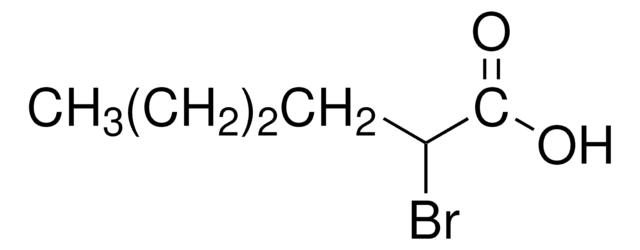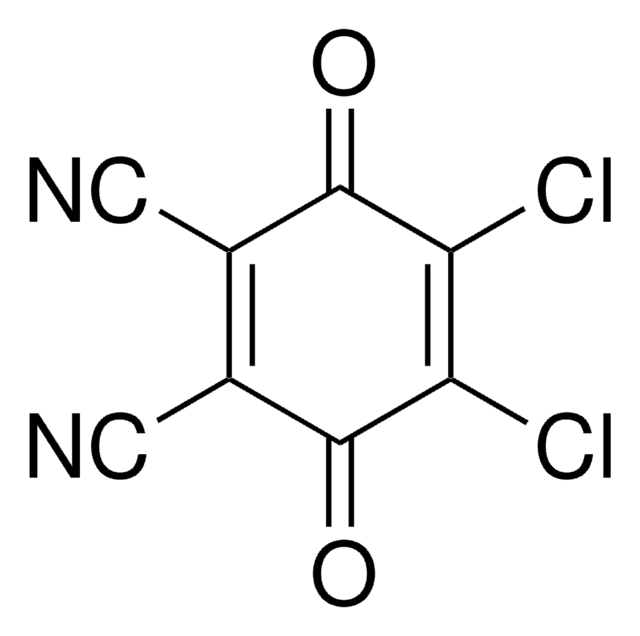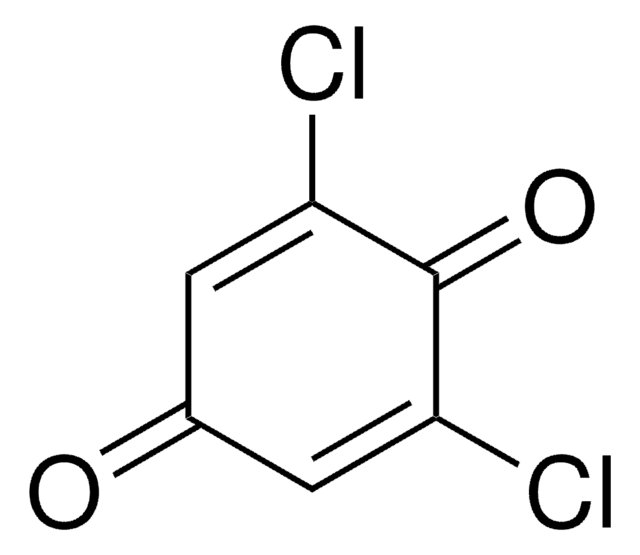280348
2-Bromooctanoic acid
97%
Synonym(s):
2-Bromocaprylic acid
About This Item
Recommended Products
Quality Level
Assay
97%
contains
Silver Wool as stabilizer
refractive index
n20/D 1.471 (lit.)
bp
140 °C/5 mmHg (lit.)
density
1.278 g/mL at 25 °C (lit.)
SMILES string
CCCCCCC(Br)C(O)=O
InChI
1S/C8H15BrO2/c1-2-3-4-5-6-7(9)8(10)11/h7H,2-6H2,1H3,(H,10,11)
InChI key
GTGTXZRPJHDASG-UHFFFAOYSA-N
Looking for similar products? Visit Product Comparison Guide
Related Categories
General description
Signal Word
Danger
Hazard Statements
Precautionary Statements
Hazard Classifications
Skin Corr. 1B
Storage Class Code
8A - Combustible, corrosive hazardous materials
WGK
WGK 3
Flash Point(F)
Not applicable
Flash Point(C)
Not applicable
Personal Protective Equipment
Certificates of Analysis (COA)
Search for Certificates of Analysis (COA) by entering the products Lot/Batch Number. Lot and Batch Numbers can be found on a product’s label following the words ‘Lot’ or ‘Batch’.
Already Own This Product?
Find documentation for the products that you have recently purchased in the Document Library.
Chromatograms
suitable for GCOur team of scientists has experience in all areas of research including Life Science, Material Science, Chemical Synthesis, Chromatography, Analytical and many others.
Contact Technical Service






